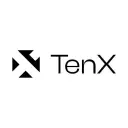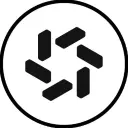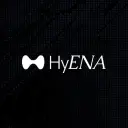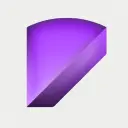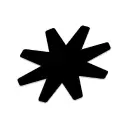Top 100 Hot Crypto Projects
Real-time display of top 100 Crypto projects by Popularity Index
Last Updated: 12-13 14:00
Rank | Project Name | Tags | Popularity Index Trend (24h) | User Rating | |
|---|---|---|---|---|---|
1
| 5.1 | ||||
2
| 8.2 | ||||
3
| 6.9 | ||||
4
| 7.2 | ||||
5
| 7.7 | ||||
6
| 
Boost
BOOST
| 7.1 | |||
7
| 
HumidiFi
WET
| 7.2 | |||
8
| 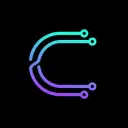
Cysic
CYS
| 6.6 | |||
9
| 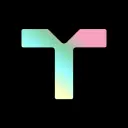
Talus
US
| 7.1 | |||
10
| 
Midnight
NIGHT
| 6.7 | |||
11
| 9.0 | ||||
12
| 7.4 | ||||
13
| 
Almanak
ALMANAK
| 7.6 | |||
14
| 7.6 | ||||
15
| 8.1 | ||||
16
| 
Stable
STABLE
| 8.8 | |||
17
| 
Solana
SOL
| 7.6 | |||
18
| 7.1 | ||||
19
| 6.7 | ||||
20
| 7.6 | ||||
21
| 6.7 | ||||
22
| 7.7 | ||||
23
| 
Official Trump
TRUMP
| 4.4 | |||
24
| 
Binance
BNB
| 7.4 | |||
25
| 6.3 | ||||
26
| 5.9 | ||||
27
| 
Tether
USDT
| 7.1 | |||
28
| 
APRO Oracle
AT
| 8.2 | |||
29
| 
Audiera
BEAT
| 6.0 | |||
30
| 5.9 | ||||
31
| 7.9 | ||||
32
| 7.5 | ||||
33
| 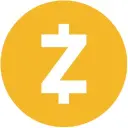
Zcash
ZEC
| 5.8 | |||
34
| 
pieverse
PIEVERSE
| 8.1 | |||
35
| 
FLock
FLOCK
| 8.0 | |||
36
| 7.2 | ||||
37
| 
Power Protocol
POWER
| 6.7 | |||
38
| 7.2 | ||||
39
| 8.0 | ||||
40
| 
BeatSwap
BTX
| 5.6 | |||
41
| 
Monad
MON
| 7.0 | |||
42
| 
Aster
ASTER
| 8.4 | |||
43
| 8.1 | ||||
44
| 7.8 | ||||
45
| 7.7 | ||||
46
| 6.6 | ||||
47
| 
JellyJelly
JELLYJELLY
| 6.1 | |||
48
| 
Sei Network
SEI
| 6.5 | |||
49
| 7.3 | ||||
50
| 4.7 |
- 1
- 2
Total 100
Page









